Expand your treasury horizon
"A premier event for the region. Filled with valuable content and numerous opportunities to network and expand your treasury horizon."
Greig Lindo, head of treasury and corporate finance, GraceKennedy
EuroFinance's 30th International Treasury & Cash Management Summit Miami
May 27th-29th 2026 | InterContinental Miami
Centred on the theme “Delivering intelligent strategies and systems,” this year’s event focused on how treasurers can build resilience and agility in response to growing market volatility and global trade disruptions.
Attendees explored the economic outlook as well as the latest strategies for managing liquidity, cash flow, hedging, and forecasting. The agenda delivered practical, results-oriented insights through expert-led sessions, real-world case studies, roundtable discussions, hands-on AI workshops, and dynamic panel debates.
With a strong emphasis on collaboration and shared learning, the event proved to be a vital platform for exchanging insights, addressing operational and strategic challenges, and shaping the future of treasury in an increasingly uncertain global environment.
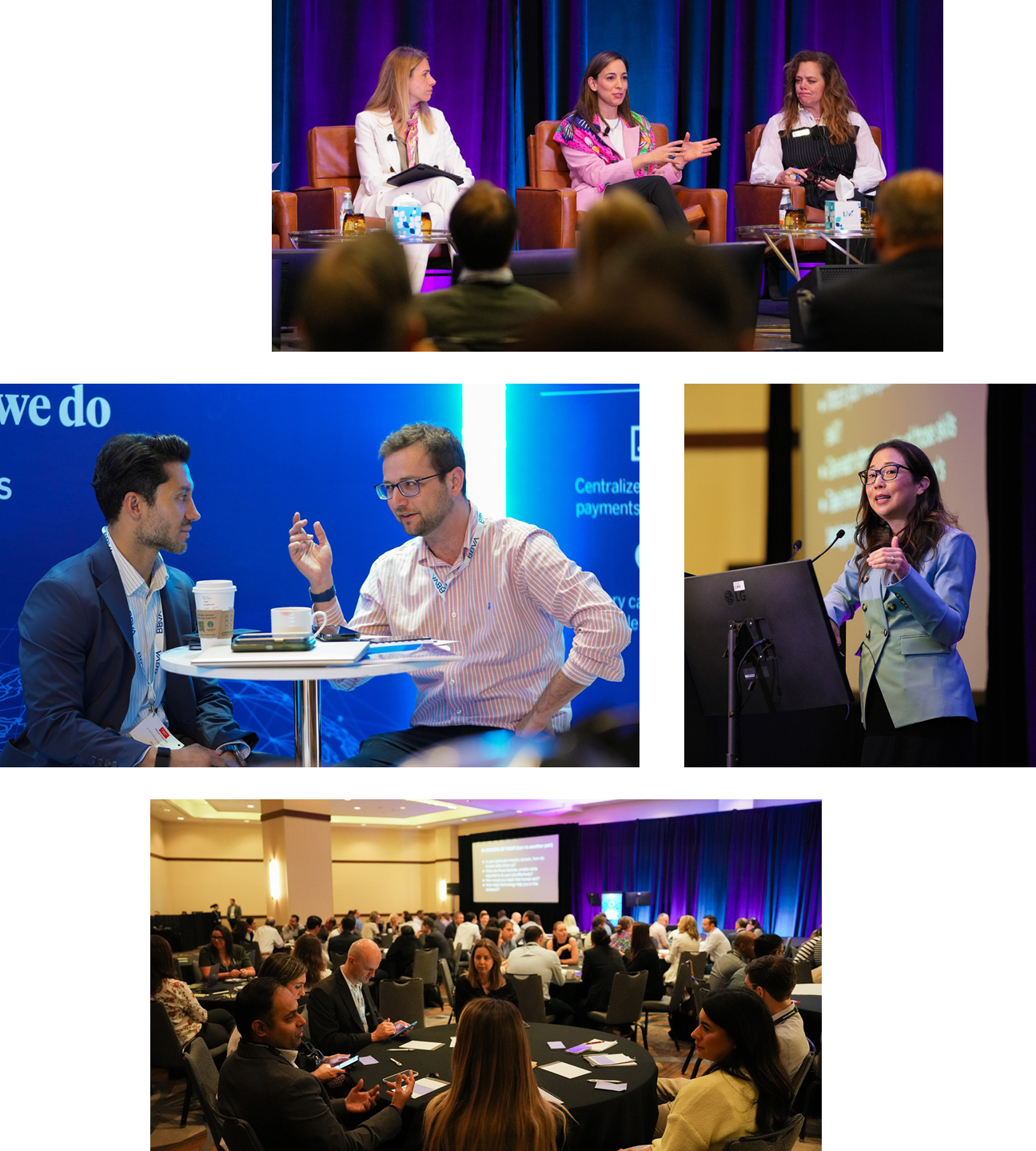
Approved for up to 10.9 FP&A and 12.7 CTP/CCM recertification credits by the Association for Financial Professionals at the rate of one credit for each 50 minutes of attendance.
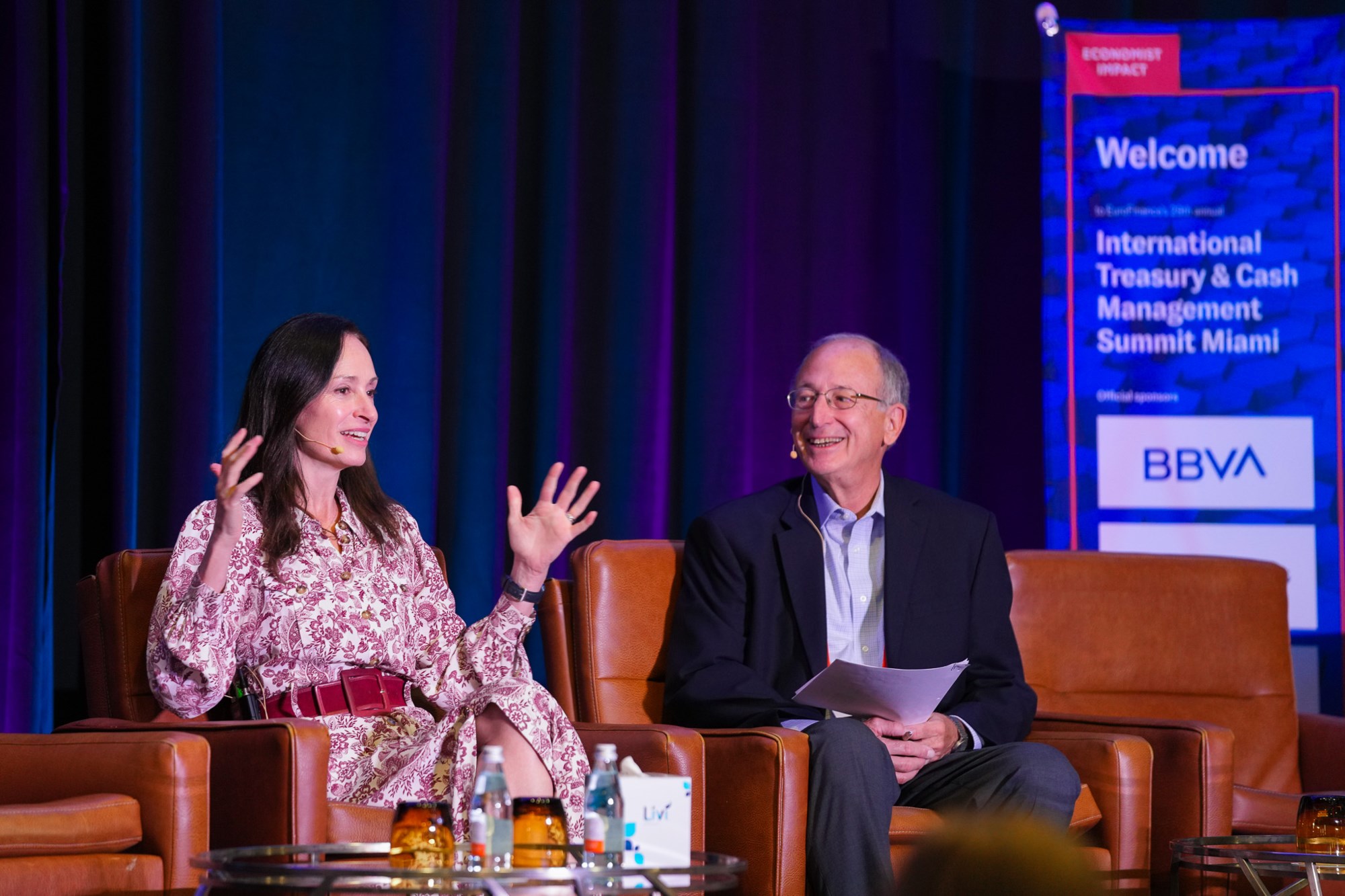

Understand how US foreign policy, trade and tariffs are shaping US business decision-making.
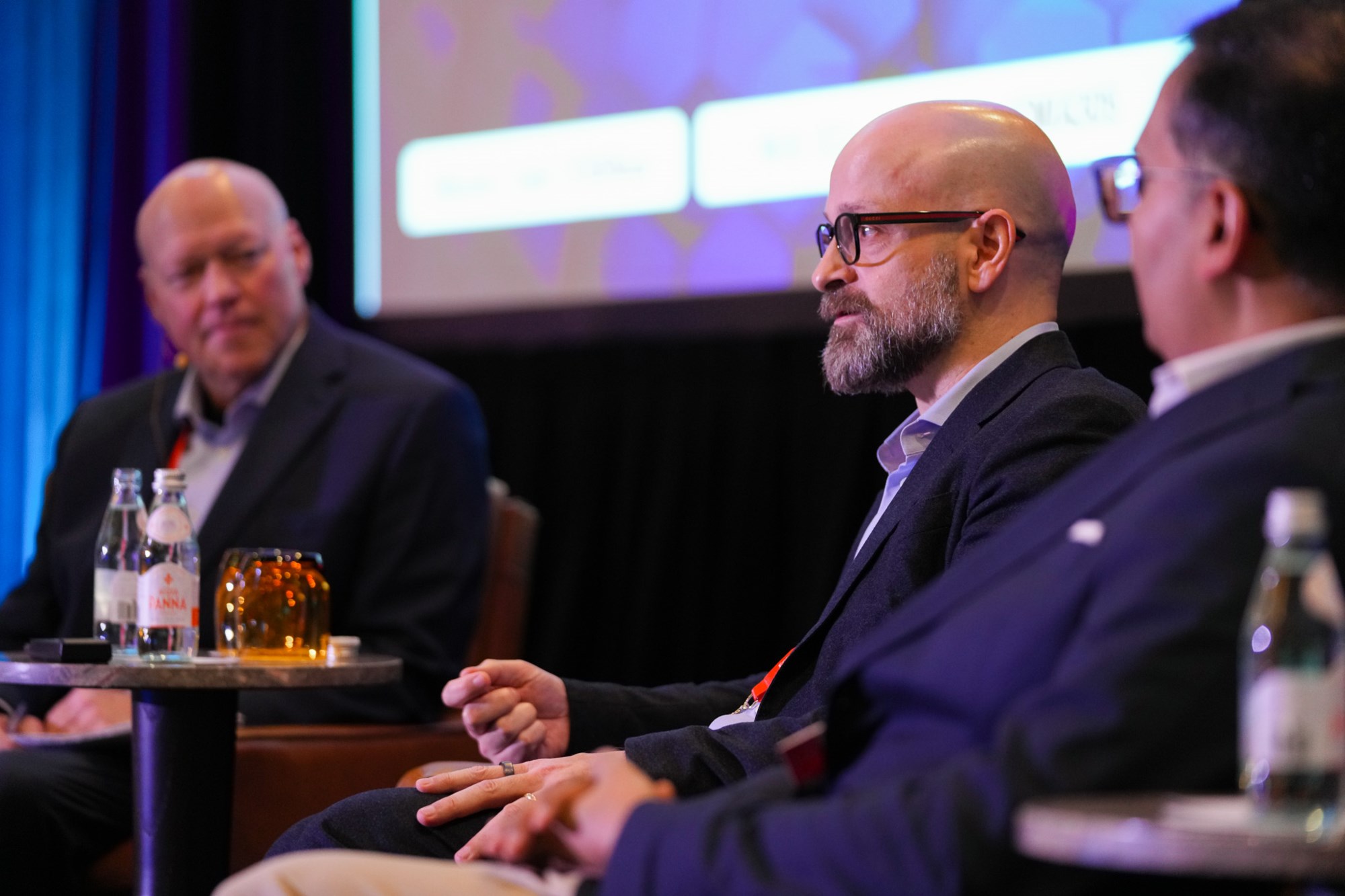

Get the latest tools and strategies from 50+ treasury leaders driving positive business outcomes.
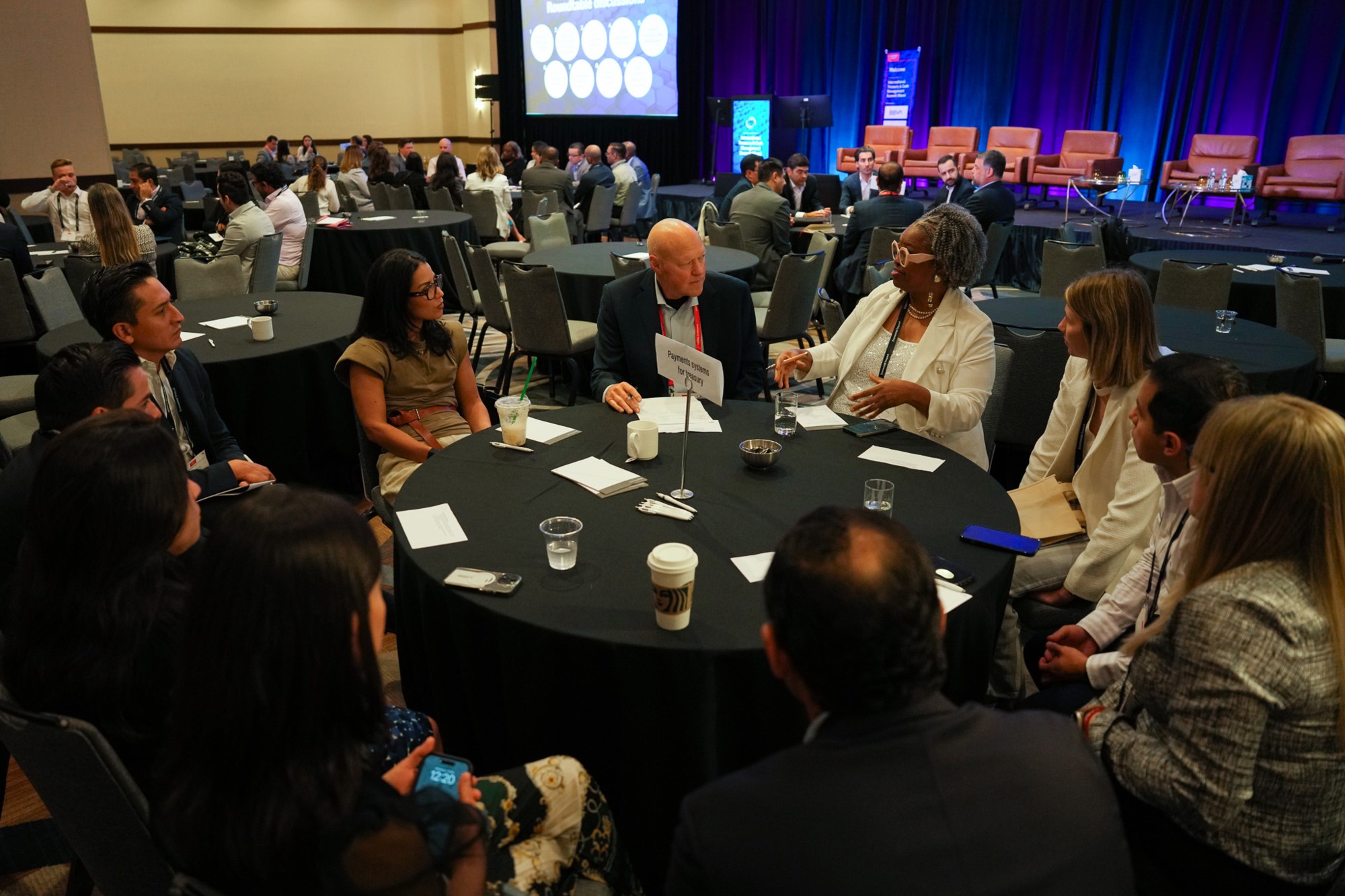

Share expertise, get deeper insights and brainstorm solutions with peers facing similar challenges.


The innovations streamlining processes and improving efficiency and visibility in global operations.
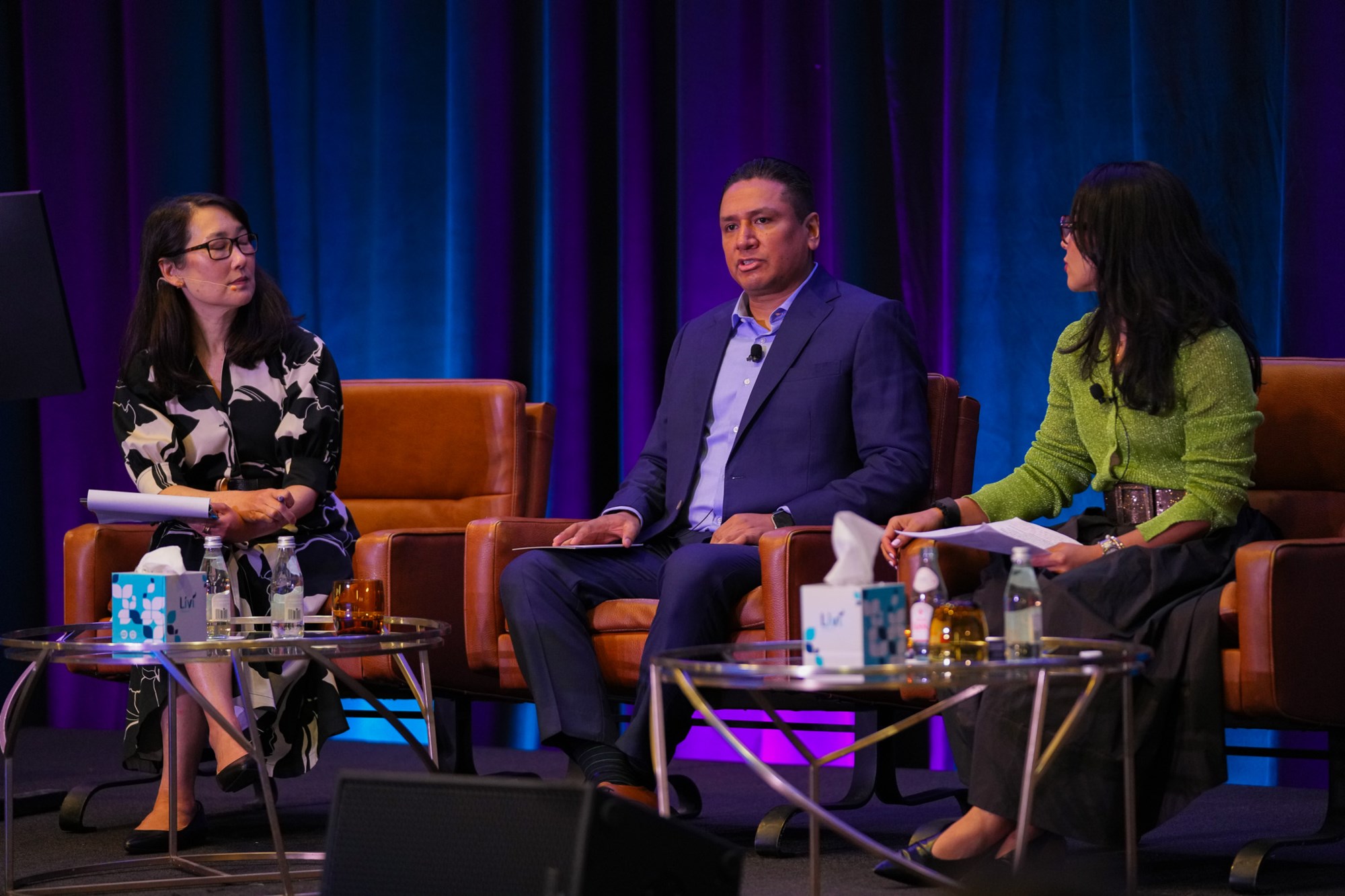

Debate regional challenges including tax and compliance, trade and SCF and commodities hedging.
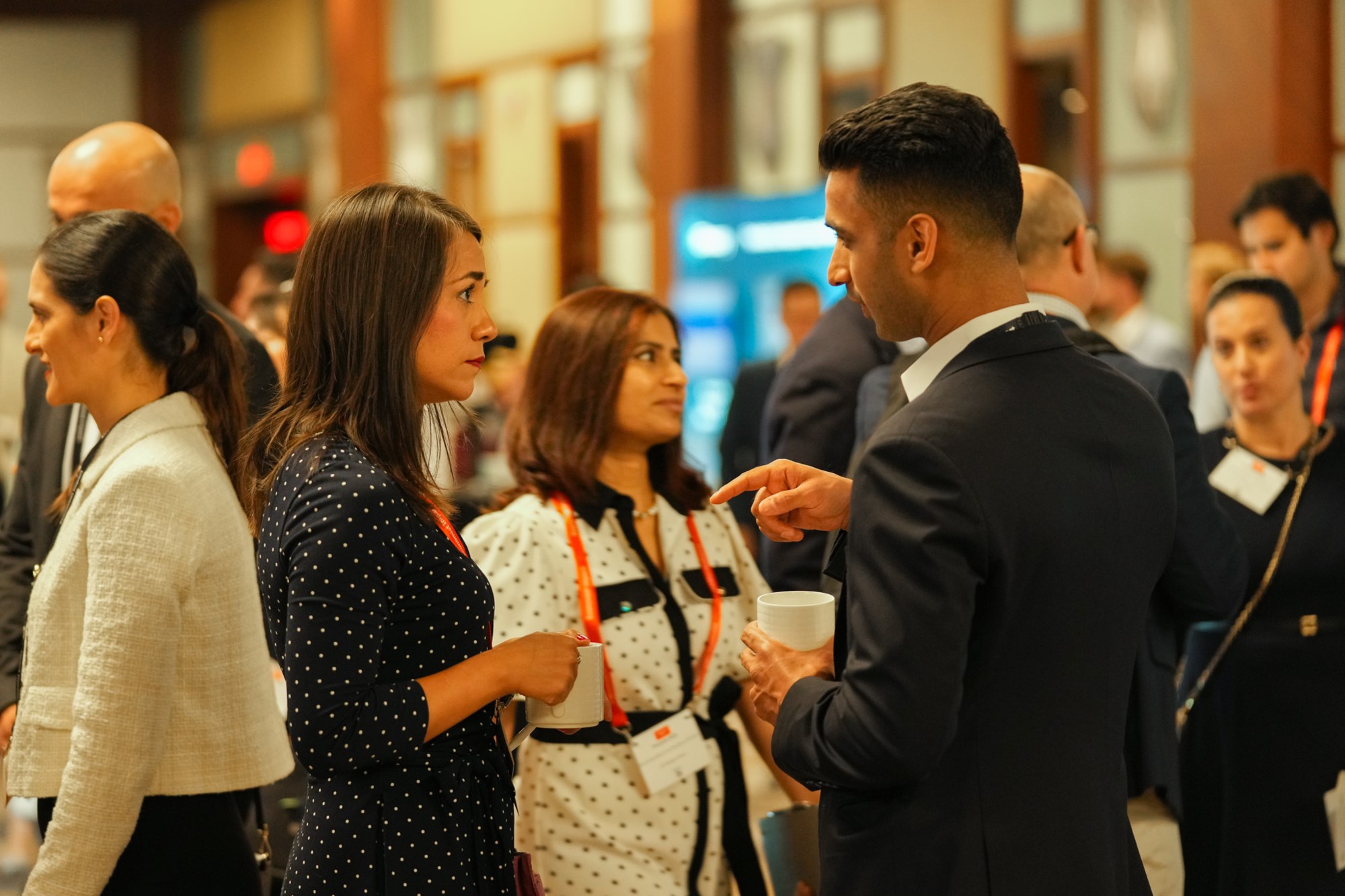

Meet with existing partners and discover new solutions to help you manage complexity and thrive.
Benefit from a comprehensive mix of strategic, global insights and first-hand tactical treasury knowledge across the main stage and dedicated US and LatAm tracks.


How to fine tune processes, to optimise liquidity, enhance visibility, and maximise cash flow.


The funding environment for trade finance, and how to work with external partners to enable trade.


Case studies discussing the challenges in implementing and integrating AI and future possibilities.


Treasurers share how they minimise currency risk and exposures and the technologies that help.


Recent advances, the challenge and benefits of APIs, and real time payments systems.


Treasurers currently navigating RCF and bond refinancing options discuss their outlook and strategy.






















With tools ranging from scenario-driven forecasting and real-time FX hedging to digital financing and network collaboration,..
Read more

As treasury teams increasingly leverage data not just for reporting but for forecasting and decision-making, the role of the ..
Read more

Modern treasury operations are no longer defined by a single platform or system. As treasury functions grow more interconnect..
Read moreOur news content is based on the same principle behind our events – providing the global corporate treasury community with information and peer-to-peer knowledge sharing that helps them do their jobs better. .
Please submit the form and we will reach out to you with more information.
Thank you for submitting your details. A member of our team will reach out to you at earliest.
Please submit the form and we will reach out to you with more information.
Thank you for submitting your details. A member of our team will reach out to you at earliest.
Please submit the form and we will reach out to you with more information.
Thank you for showing interest in the event. We will reach out to you with more information on the registration process.
Please submit the form and we will reach out to you with more information.
Thank you for showing interest in the event. We will reach out to you with more information on the registration process.